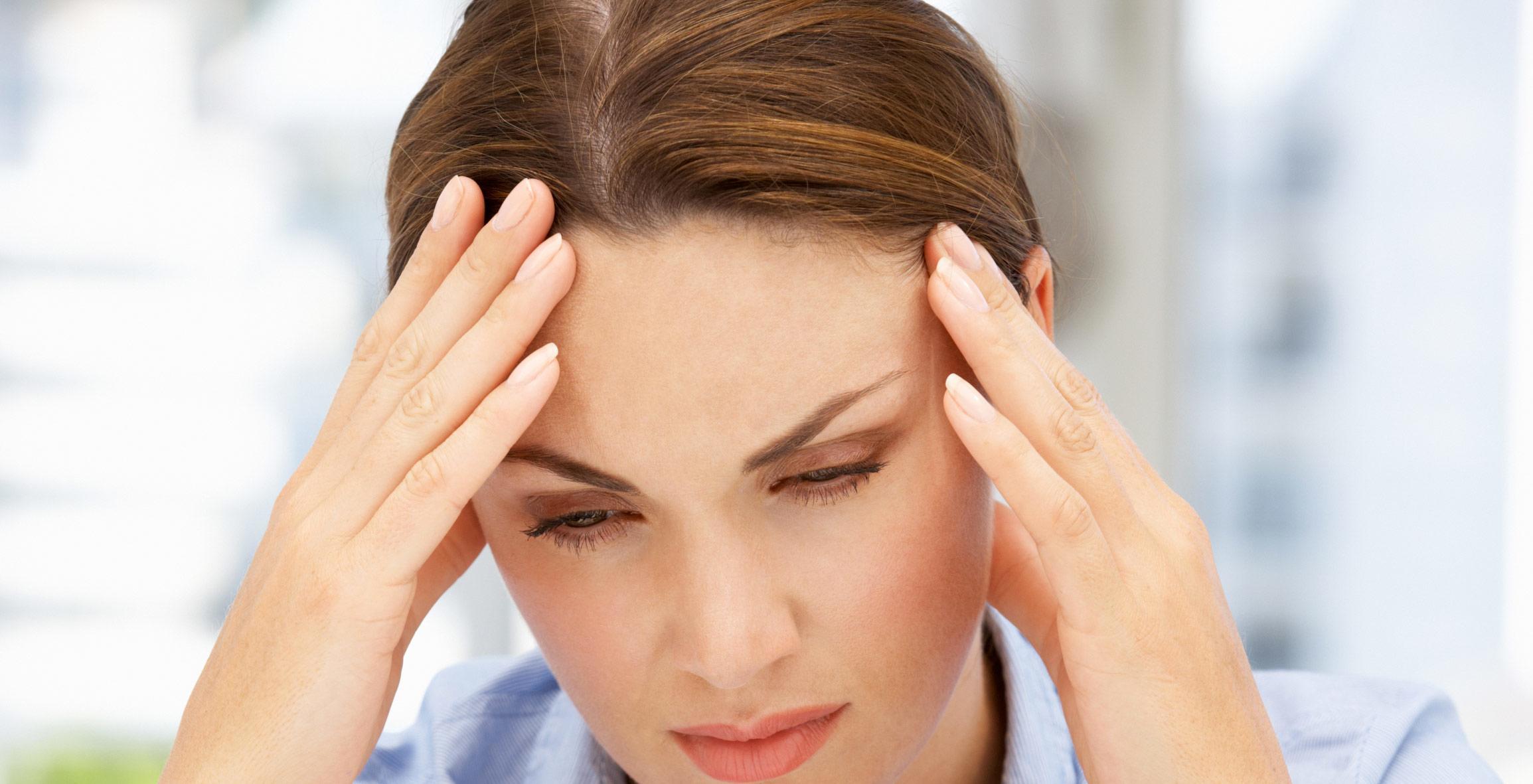Understanding Anxiety
Panic Attacks
Panic attacks can be terrifying. Imagine a sudden, gripping fear and an overwhelming feeling of helplessness that can last for several minutes, accompanied by scary physical symptoms such as shortness of breath, a pounding, racing heart, hands that are tingling or numb, profuse sweating, weakness and/or dizziness, chest pain, stomach pain, and feeling hot or cold. Not everyone who has a panic attack has an anxiety disorder, but people who experience them repeatedly may be diagnosed with panic disorder. People with panic disorder live in fear: when and where might their next attack happen? What might trigger it? Because of these fears, many tend to avoid places where attacks have occurred in the past.
Flashbacks
Post-Traumatic Stress Disorder (PTSD) is often marked by the reliving of a disturbing or traumatic life event. The sudden death of a loved one, a violent encounter…these events and others like them are often the beginning of a struggle with PTSD, which shares many features with anxiety disorders. In the not-so-distant past, PTSD was thought of as one type of anxiety disorder, instead of a separate diagnosis. Although flashbacks are a hallmark of PTSD, they may occur with other types of anxiety as well. Recent research, including a 2006 study in the Journal of Anxiety Disorders, suggests that some people with social anxiety have PTSD-like flashbacks of experiences that might not, to an outsider, seem obviously traumatic. These experiences may be something like being publicly ridiculed or having an embarrassing event happen in public. People who endure such feelings may even avoid reminders of the experience—another symptom reminiscent of PTSD.
Perfectionism
There are many anxiety disorders. Perfectionism is one, and it consists, in the simplest of terms, of an obsessive need for perfection. Those who constantly judge themselves, or who have anxiety over anticipated mistakes or falling short of your standards, probably have an anxiety disorder.”
Perfectionism is especially common in obsessive-compulsive disorder (OCD), which, like PTSD, has long been viewed as an anxiety disorder. OCD behaviors include an obsessive need for cleaning, or it may be that one is unable to leave their home for hours because they feel that their makeup isn’t perfect and thus feel compelled to “fix” it, over and over.
Compulsive behaviors
A diagnosis of obsessive-compulsive disorder is warranted when obsessiveness and intrusive thoughts are coupled with compulsive behavior, either mental or physical. Mental compulsive behavior includes behaviors such as someone telling themselves over and over that everything is going to be fine, or that everything is going to go badly; physical compulsive behaviors include straightening pictures and furniture repeatedly, repeated hand washing, and re-doing makeup or hair repeatedly.
Obsessive thinking and compulsive behavior become a full-blown disorder when the need to complete rituals such as these controls a person’s life. If, for example, you prefer to keep your car stereo at volume level 5, for example, and it becomes stuck on 7, would that cause a total panic?
Self-doubt
Persistent self-doubt and second-guessing common signs of anxiety disorders, including generalized anxiety disorder and OCD. These doubts are often about important life decisions and circumstances, such as wrestling with the possibility that one might be gay, or constant worry that one loves their spouse more than their spouse loves them. Often, these are questions that are unanswerable. People with OCD often think that if their questions and doubts were answered definitively, they could be happy, but the uncertainty makes what, for others, is merely a question, while for someone who is obsessive, it becomes an obsession.
How Does BHRT Affect Anxiety?
Anxiety, like depression, is a mood disorder. Several hormones can improve anxiety in humans. These include testosterone, progesterone in women, estradiol, and even thyroid. Therefore, if one is deficient in any combination of these hormones, the deficiency may lead to anxiety. Cortisol is the main stress hormone for the human body. When uncontrolled, especially when cortisol is elevated, most people tend to feel anxious and panicky. Several studies show a correlation between hormone deficiency and anxiety. Some studies, in fact, show that when people’s hormone levels are restored to optimal levels, anxiety (and other mood disorders) improve significantly. Some of these studies are listed below.
- (2001). Journal of the American Pharmacological Association, 41(2), 221-228.
- Appelhof BC, F. E. (2005, May). Combined therapy with levothyroxine and liothyronine in two ratios compared with levothyroxine monotherapy in primary hypothyroidism: a double-blind, randomized, controlled clinical trial. Journal of Clinical Endocrinological Metabolism, 90(5), 2666-2674.
- David C. Swearingten Jr, M. (2002, February). Thyroid Dysfunction and the Depressed Child. Cortlandt Forum, 71.
- Friedrich, M. (2000, May 24/31). Can Male Hormones Really Help Women? JAMA, 283(20), 2643-2644.
- Glenn D. Braunstein, M., & Deborah R. Cameron, R. (2004, November). Postmenopausal Androgen Therapy. The Female Patient, 29, 40-45.
- Jan L. Shifren MD, G. D., & al, e. (2000, September 7). Transdermal Testosterone Treatment in Women with Impaired Sexual Function After Oophorectomy. The New England Journal of Medicine, 682-730.
- Krista Kotz, P. M. (2006, October). Estrogen and Androgen hormone therapy and well-being in surgically postmenopausal women. Journal of Women’s Health, 15(8), 898-908.
- Lorraine A. Fitzpatrick, M., & Andrew Good, M. (1999, September). Micronized Progesterone: Clinical Indications and Comparison with Current Treatments. Fertility and Sterility, 72(3), 389-396.
- MD, G. D. (2006, July). Androgen Insufficiency in Women. Growth Hormone and IGF Research, 16, Supplement 1, 109-117.
- MD, S. J. (1999, May/June). Current Status of Testosterone Replacement Therapy in Men. Archives of Family Medicine, 8, 257-262.
- Robertas Bunevicius, M. P., & Gintautas Kazanavicius, M. P. (1999, February 11). Effects of Thyroxine as compared with Thyroxine plus Triiodothyronine in patients with hypthyroidism. NEJM, 340, 424-429.

